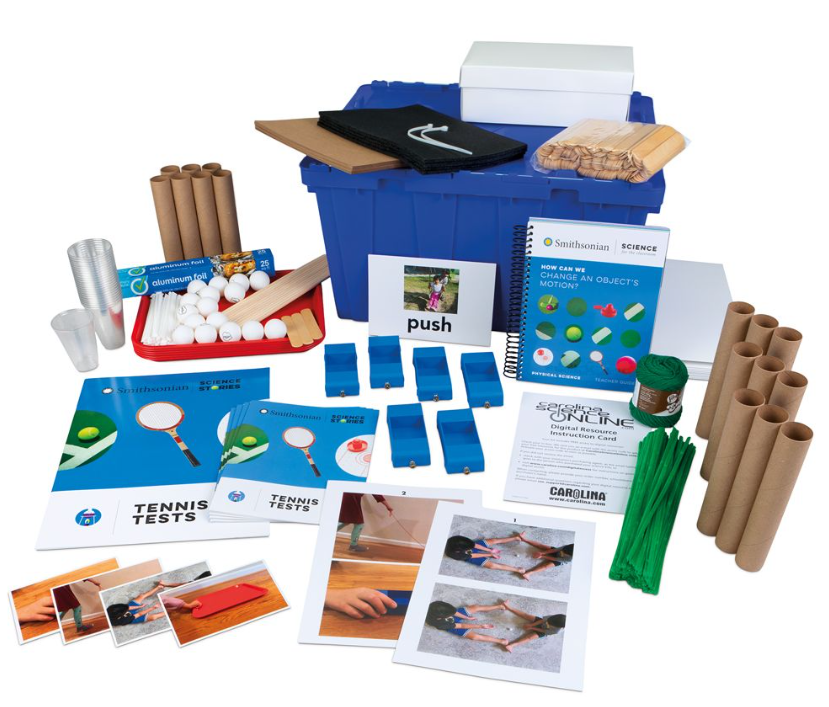Literacy Integration
Science and literacy are natural partners. By using Smithsonian Science for the Classroom, teachers can efficiently prepare students to meet both science and English language arts (ELA) standards. Each module integrates a Smithsonian Science Stories Literacy Series book and student STEM notebooks. Common Core ELA connections are highlighted throughout each Teacher Guide. ELA standards used most frequently by students are summarized in the tables at the end of this page.
 Mapping Earth, a grade two book, is part of the Smithsonian Science Stories Literacy Series.
Mapping Earth, a grade two book, is part of the Smithsonian Science Stories Literacy Series.
Reading of informational text is incorporated into the series at each grade level. From kindergarten through grade 5, students engage with informational text, including illustrations, graphs, data, and simulations, to gather evidence to support their sensemaking. The reading level of all material is carefully calibrated to grade-level appropriate measurements according to Common Core text complexity guidelines. Lexile levels of English-language Smithsonian Science Stories Literacy Series stories are listed in each book. Recognizing that many students are not reading at grade level, below-grade level versions of Smithsonian Science Stories Literacy Series readers are available. All Smithsonian Science Stories Literacy Series books are available in Spanish.
 Students obtain information from text to help them solve an ocean-pollution problem.
Students obtain information from text to help them solve an ocean-pollution problem.
Students engage with informational text by reflecting and communicating like scientists and engineers. As they use informational texts as research tools to gather evidence, they discuss and record their questions, predictions, claims, and explanations in their notebooks. Research shows that writing about science helps students’ ideas become more structured and coherent.
 Understanding of science concepts increases when students write.
Understanding of science concepts increases when students write.
Speaking and listening are two important elements of literacy. Students using Smithsonian Science for the Classroom have opportunities for collaborative discussions with small groups of peers as well as with the entire class. This allows students to develop the ability to effectively communicate their ideas through speech and to actively listen to other ideas that are presented.
 Students discuss the results of their work with their peers.
Students discuss the results of their work with their peers.
The following tables show which Common Core ELA standards are developed and used in which modules. Students have additional opportunities to develop and use Common Core ELA standards in lesson extensions beyond what is shared in the tables.
 Common Core ELA standards developed and used in the K-2 modules
Common Core ELA standards developed and used in the K-2 modules
 Common Core ELA standards developed and used in the 3-5 modules
Common Core ELA standards developed and used in the 3-5 modules

Smithsonian Science for the Classroom is designed to engage, inspire, and connect your students firsthand to the world around them. The curriculum has been developed in consultation with teachers and field tested in a range of schools with diverse populations. It draws on the latest findings and best practices from educational research.
